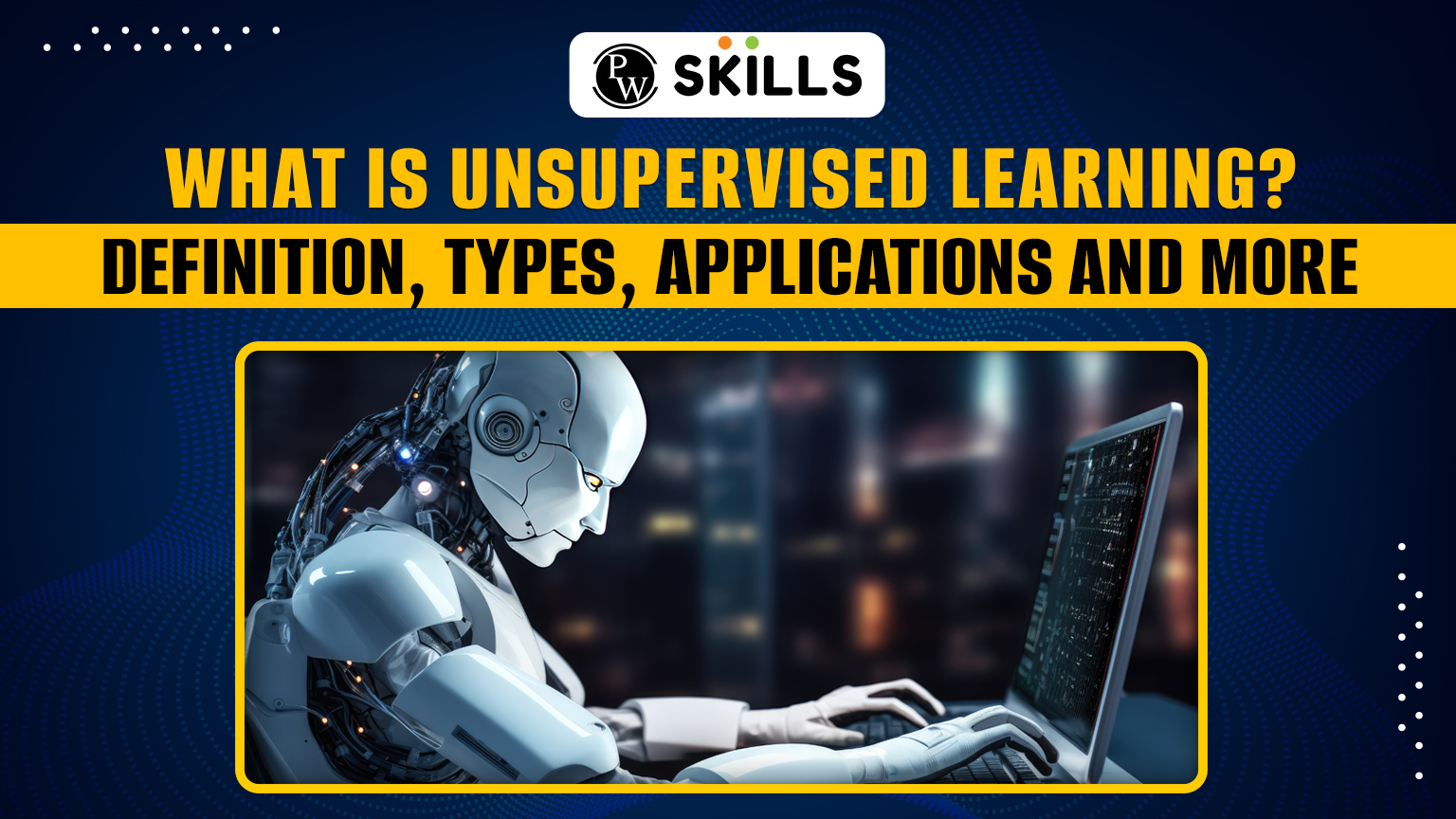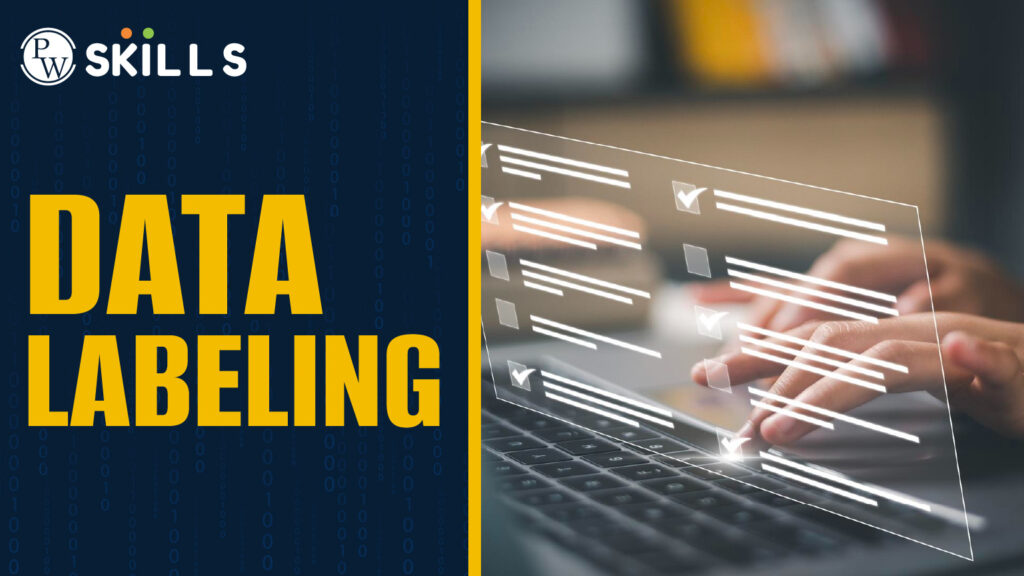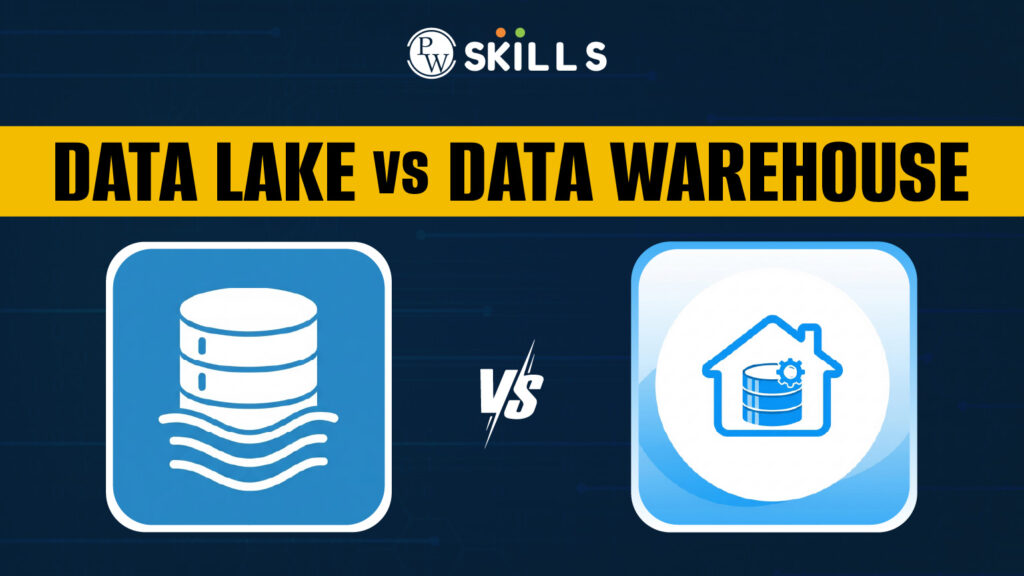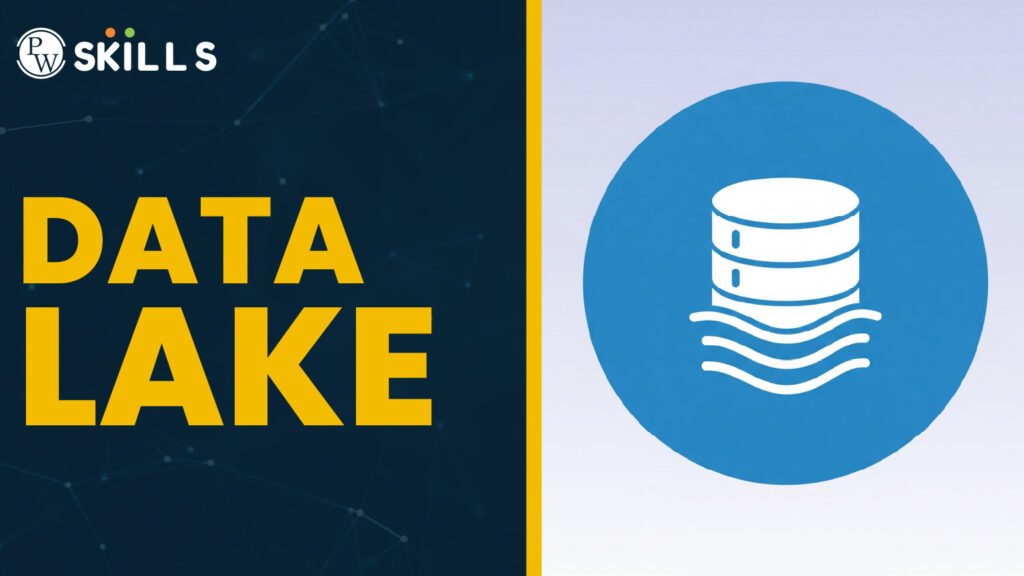How Does Unsupervised Learning Work?
Unsupervised learning is a subset of machine learning where algorithms are used to analyze and group unlabeled data. Unlike supervised learning, which relies on labeled data to predict outcomes, unsupervised learning finds hidden patterns and relationships within the data without any explicit guidance or labels. The main goal is to discover the underlying structure of the data, enabling machines to learn and make decisions based on the input data alone.
Key Takeaways of the Content
- Understand the core principles and mechanisms of unsupervised learning.
- Explore various methods and real-world applications of unsupervised learning.
- Learn the differences between supervised and unsupervised learning.
Unsupervised Machine Learning Methods
Several techniques are employed in unsupervised learning to uncover patterns and structures in data. The most common methods include clustering, association, and dimensionality reduction.
Clustering
Clustering is a method used to group similar data points together based on their features. The primary objective is to ensure that data points within the same group (or cluster) are more similar to each other than to those in other groups. Common clustering algorithms include:
- K-means clustering: Partitions data into K clusters, where each data point belongs to the cluster with the nearest mean.
- Hierarchical clustering: Builds a hierarchy of clusters through either a divisive (top-down) or agglomerative (bottom-up) approach.
- DBSCAN (Density-Based Spatial Clustering of Applications with Noise): Identifies clusters based on the density of data points, making it effective for discovering clusters of varying shapes and sizes.
Association
Association rule learning identifies interesting relationships between variables in large datasets. This method is widely used in market basket analysis to find product associations and co-occurrence patterns. Key algorithms include:
- Apriori algorithm: Identifies frequent item sets and generates association rules by leveraging the property that any subset of a frequent item set must also be frequent.
- Eclat algorithm: Uses a depth-first search strategy to find frequent item sets, typically resulting in faster performance for dense datasets.
Dimensionality Reduction
Dimensionality reduction techniques aim to reduce the number of features in a dataset while preserving as much information as possible. This is crucial for simplifying models, reducing computational costs, and mitigating the curse of dimensionality. Common techniques include:
- Principal Component Analysis (PCA): Transforms data into a set of orthogonal components that capture the maximum variance.
- t-Distributed Stochastic Neighbor Embedding (t-SNE): Reduces dimensions by minimizing the divergence between two distributions: one that measures pairwise similarities in the high-dimensional space and another in the low-dimensional space.
- Autoencoders: Neural networks that learn efficient codings by training to compress data into a latent space and then reconstructing it back to its original form.
Real-World Unsupervised Learning Examples
Unsupervised learning has numerous applications across various industries, showcasing its versatility and importance.
- Customer segmentation: Retailers use clustering to group customers based on purchasing behavior, enabling personalized marketing strategies and improved customer experiences.
- Anomaly detection: Financial institutions and cybersecurity firms employ unsupervised learning to detect unusual patterns that may indicate fraudulent activities or security breaches.
- Recommendation systems: Streaming services and e-commerce platforms use association rule learning to suggest relevant content or products based on user behavior and preferences.
- Image and speech recognition: Dimensionality reduction techniques help improve the performance of models by reducing noise and focusing on essential features in high-dimensional data.
For more insights on machine learning types, explore our Types of Machine Learning blog post.
Supervised Learning vs. Unsupervised Learning
While both supervised and unsupervised learning are essential branches of machine learning, they differ significantly in their approaches and applications.
- Data Labeling: Supervised learning relies on labeled data, where each input has a corresponding output. In contrast, unsupervised learning uses unlabeled data, focusing on finding hidden patterns and relationships.
- Objective: The primary goal of supervised learning is to predict outcomes based on input data, whereas unsupervised learning aims to understand the data’s structure and distribution.
- Common Algorithms: Supervised learning algorithms include regression, decision trees, and neural networks, while unsupervised learning employs clustering, association, and dimensionality reduction techniques.
- Applications: Supervised learning is used in tasks like image classification, sentiment analysis, and predictive modeling. Unsupervised learning is applied in customer segmentation, anomaly detection, and recommendation systems.
For a deeper understanding of the distinctions, check out our Supervised and Unsupervised Learning blog post.
Learn Data Science with Generative AI with PW Skills
Enhance your understanding of data science and artificial intelligence by enrolling in the Data Science With Generative AI Course offered by PW Skills. This course provides a comprehensive introduction to data science principles, generative AI techniques, and practical applications, helping you build a solid foundation for a successful career in this dynamic field.
Unsupervised Learning FAQs
What are examples of unsupervised learning?
Examples include customer segmentation, anomaly detection, recommendation systems, and image recognition.
What are the two types of unsupervised learning?
The two main types are clustering and association.
What is the difference between supervised and unsupervised learning?
Supervised learning uses labeled data to predict outcomes, while unsupervised learning uses unlabeled data to find hidden patterns.
What are the advantages of unsupervised learning?
Advantages include discovering hidden patterns, reducing dimensionality, and enabling data exploration without prior knowledge.






